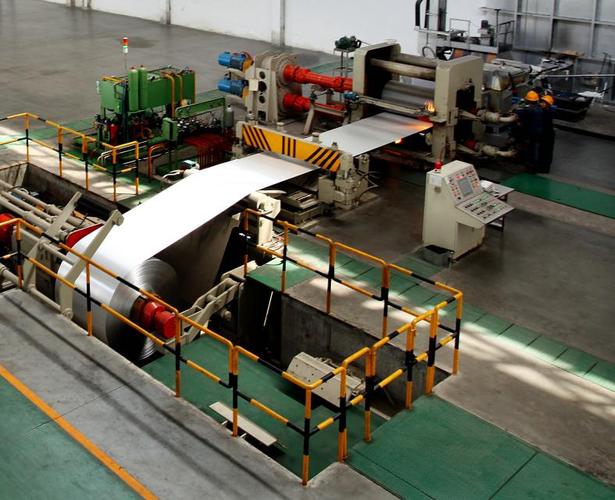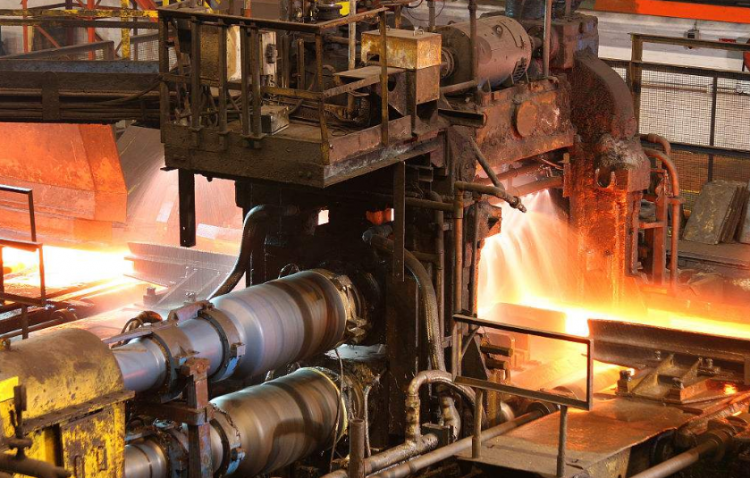The thickness control principle in the aluminum foil production process can usually be achieved through the following steps:
1. Melting and casting: After the aluminum ingot is melted and cast, it is preliminarily made into an aluminum billet. Generally speaking, the thickness of aluminum billets is relatively thick, usually around 200 to 300 millimeters. At this stage, the thickness and uniformity of aluminum billets can be controlled by precisely controlling parameters such as temperature, rolling speed, roll path, and roll cleaning in the casting and rolling process.
2. Cold rolling: After casting and rolling, the aluminum billet is cut into a certain length and then subjected to cold rolling processing, with a general rolling thickness of about 4 to 6 millimeters. At this stage, the thickness and uniformity of aluminum foil can be controlled by controlling parameters such as rolling force, rolling speed, and coiling tension. In addition, real-time monitoring of the thickness of aluminum foil can be achieved through online thickness detection, further adjusting the production process to ensure that the thickness of aluminum foil meets the requirements.

3. Re hot rolling: After cold rolling, the aluminum foil is reheated and then hot rolled. For example, the conventional rolling temperature is 200-300 ℃ to further compress the thickness of the aluminum foil to about 0.1-0.2 millimeters. Similarly, by means of online thickness detection and adjusting rolling process parameters, control of aluminum foil thickness and guarantee of uniformity can be achieved.

In summary, precise control of aluminum foil thickness can be achieved through precise control of casting and rolling process, cold rolling process, and hot rolling process parameters, combined with online detection and adjustment technology.


